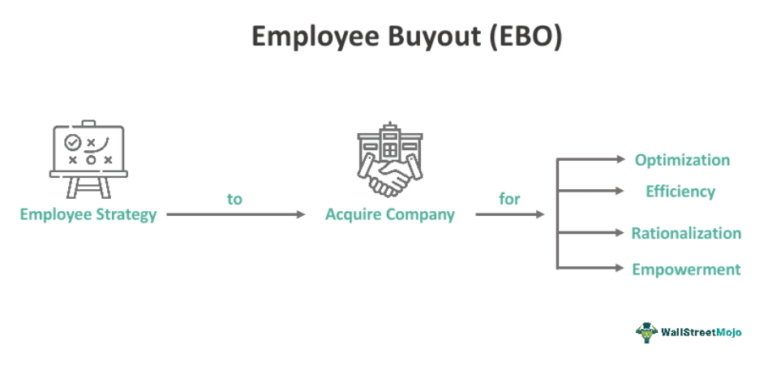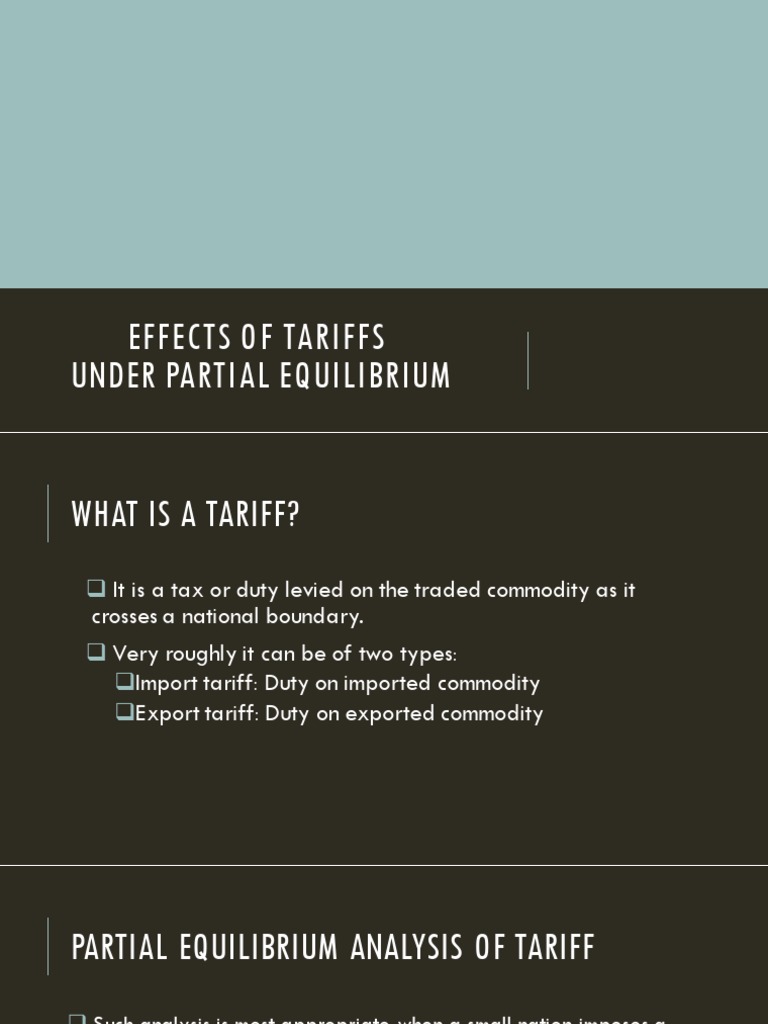
PESavings_INFGRPH_FINAL
Audience
- Sentiment: Skeptical
- Political Group: Conservatives
- Age Group: Adults
- Gender: Both genders
Overview
- The Department of Government Efficiency (DOGE) was established to reduce wasteful spending in the federal government.
- Claims of $55 billion in savings are questioned due to lack of transparency and documentation of the figures.
- Concerns are raised about the potential negative impact of budget cuts on essential services for vulnerable populations.
The Department of Government Efficiency: What You Need to Know
Have you ever heard the phrase “cutting costs” or “savings”? It’s something we often hear about in our schools, in business, and even when it comes to government. But what does it really mean, especially when we’re talking about billions of dollars? Well, let’s dive into a fascinating topic—the U.S. government’s efforts to save money through the Department of Government Efficiency, or DOGE for short. So, grab your favorite snack and settle in as we explore this intriguing topic together.
What Is the Department of Government Efficiency?
First things first: what exactly is DOGE? Established by former President Trump, the Department of Government Efficiency was created to tackle an ongoing issue that has plagued the federal government for years—wasteful spending. Think of it like a school club formed to eliminate waste and improve overall efficiency. The idea behind DOGE is pretty straightforward: clear up unnecessary spending so that taxpayers’ money can be used more wisely.
When DOGE was launched, it claimed to have saved an astonishing $55 billion for the U.S. public through various budget cuts and terminatory contracts with private companies. Can you imagine how much money that is? To put it into perspective, if you had $55 billion, you could buy 55 million pizza slices (assuming each slice is $1.00). That’s a whole lot of pizza!
The Numbers Game
Now, you might be wondering: how did DOGE manage to save so much money? According to reports, DOGE reviewed over 1,000 contracts that totaled around $8.6 billion in cuts across 39 different government departments, which sounds impressive. They announced savings from various agencies, focusing on contracts that may not seem essential or effective in delivering services to citizens.
However, transparency is a big concern. While DOGE asserts that they saved $55 billion, only a fraction of that—about 20%—is documented in a clear manner. That means 80% of their claimed savings isn’t backed up with solid proof. It’s a bit like saying you aced your math test without showing your work; it leaves a lot of people questioning whether you really did.
A particularly interesting story involves a contract for “Equal Employment Opportunity” services that was initially reported as being worth $8 billion. After closer examination, it turned out this figure was actually $8 million due to clerical errors. Imagine if you told your friends you scored a perfect 100% on a test, only for them to find out you barely passed. It’s kind of embarrassing, right? This kind of misunderstanding raises eyebrows about the reliability of the savings that DOGE is claiming.
Ongoing Updates and Issues
To make matters even more complicated, DOGE admits that they are still updating their records. There are ongoing chances for misinterpretation and mistakes in their data. It makes you wonder: how many other mistakes are out there lurking in the figures they present? At the end of the day, if you can’t trust the reported savings, how can you believe that real savings are being achieved?
One of the most significant challenges for DOGE is to keep track of all the contracts they have reviewed and terminated. That’s a lot of information to manage, especially when we’re talking about hundreds of millions or even billions of dollars! If you’ve ever tried to juggle your homework with extracurricular activities, then you know how easily things can get mixed up.
Skepticism and Questions
Skepticism surrounds not only the accuracy of the reported savings but also the necessity of these cuts. Many people are starting to question the impact of these reductions. Are they really cutting waste, or are they trimming the fat from services that citizens rely on? For example, consider if your school decided to cut funding for after-school programs that help students with homework because they thought it wasn’t “essential.” For many students, those programs are crucial for keeping up with schoolwork.
This issue is further amplified by the fact that some of the departments that saw cuts are ones that serve vulnerable populations and critical services. While saving money is important, it’s also crucial to consider whether these cuts negatively impact citizens who depend on these services. Imagine if a family relied on a government program for financial support to help make ends meet, and suddenly that program was cut without warning. That could lead to serious consequences for those in need.
Learning from Experience
As we delve deeper into the topic of government efficiency and the role of DOGE, it’s essential to think about lessons that can be learned from this scenario. For one, the importance of transparency cannot be overstated. If a group or organization wants to be credible, they have to back up their claims. In school, if you were to present a project without any facts or solid evidence, your teacher would likely ask for more details or even give you a lower grade. Government departments should be held to a similar standard.
Another lesson is the value of double-checking numbers. Whether it pertains to homework, finances, or government spending, getting your figures right is vital. Small errors can balloon into significant misunderstandings. Imagine if you miscalculated your project budget and ended up spending way more than you intended. It’s a good reminder that accuracy matters, whether it’s in school or in national budget reports.
The Bigger Picture
Beyond the immediate news about DOGE, it’s essential to consider the bigger picture about how government spending affects everyday people like you and me. The federal budget impacts numerous aspects of our lives, from education and healthcare to infrastructure and job opportunities. The decisions made at the highest levels of government can ripple down to affect our schools and communities.
In an age where technology allows us to easily share information, it’s critical for citizens to stay informed. Government efficiency is a topic that should concern all of us, and we should be asking questions about how our tax dollars are being spent. Being informed is a powerful tool for making changes in our communities, schools, and even at the national level.
The Conversation Starts Here
As we finish our exploration of the Department of Government Efficiency and its impacts, it’s essential to reflect on the information we’ve discussed. Whether you think DOGE is effective, unclear, or somewhere in between, the conversation about government spending and efficiency is valuable.
What do you think about the claims made by DOGE? Are you skeptical of the government’s transparency? What changes or improvements would you suggest to ensure that our tax dollars are being used wisely? Share your thoughts in the comments below! Let’s get the conversation started!





